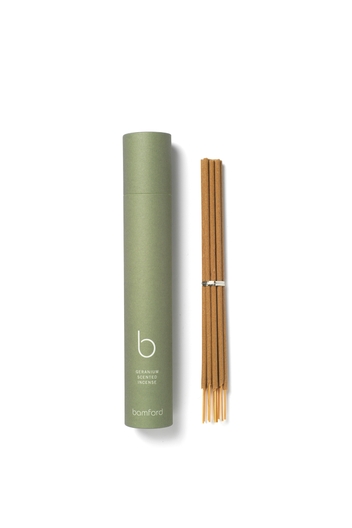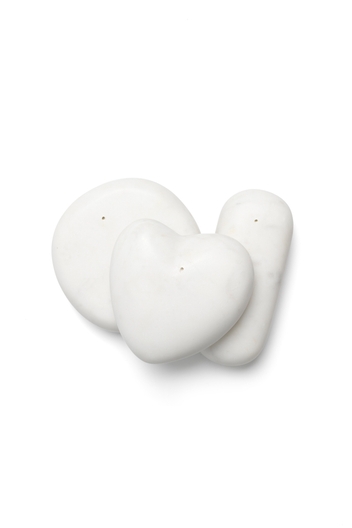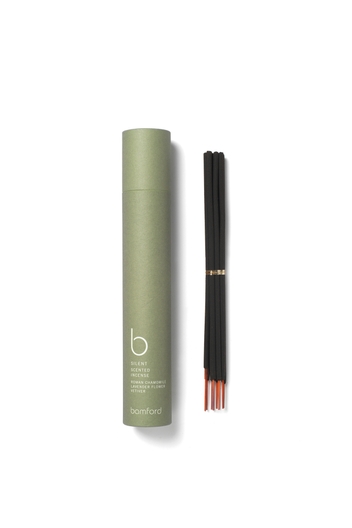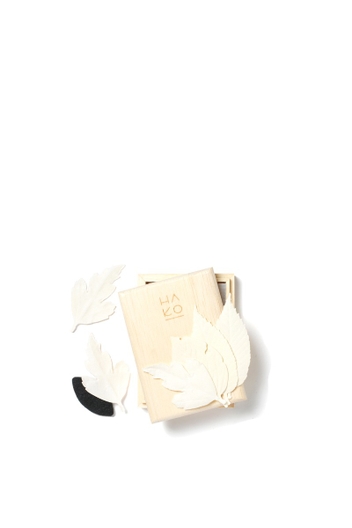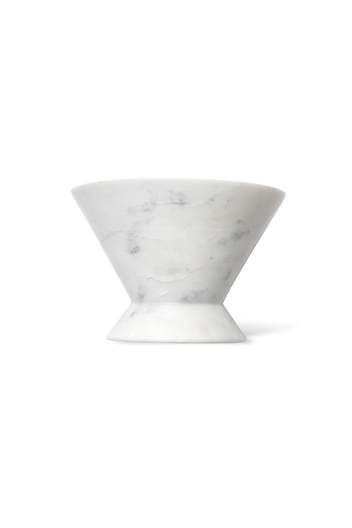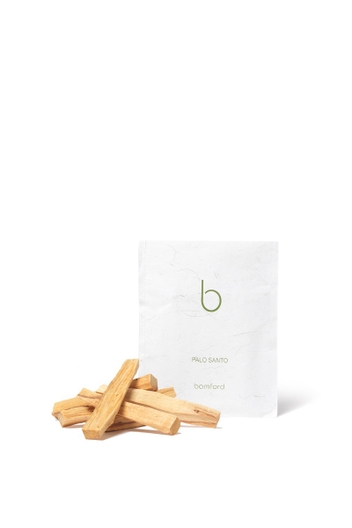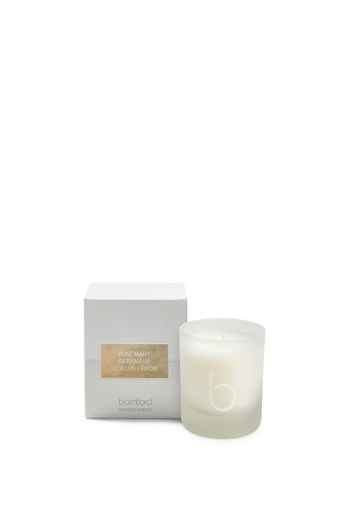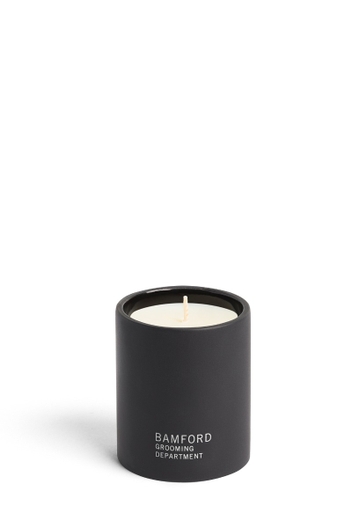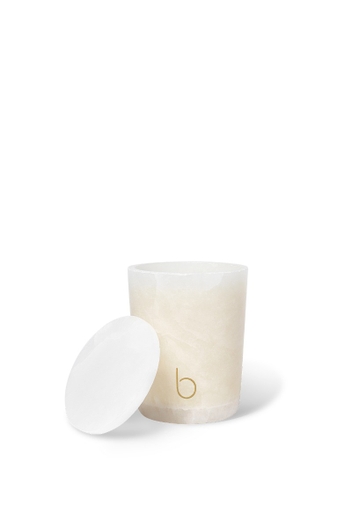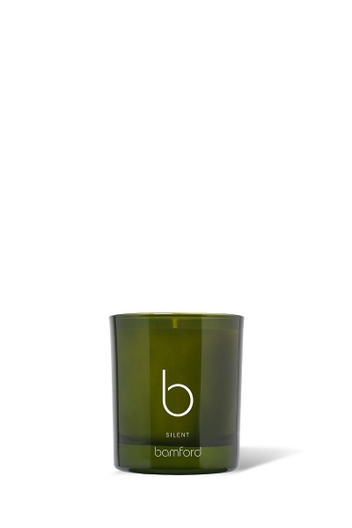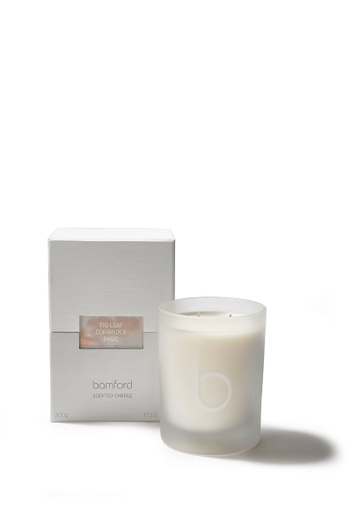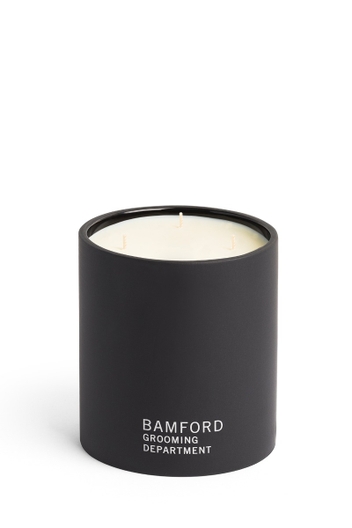Year after year, we are privileged to collaborate with Injiri, a clothing and homeware label founded by Chinar Farooqui.
Our philosophy and focus with clothing has always been to create garments that are timeless in their design and made to last you for years. But how we make those garments is just as important to us. We consider each step in their lifecycle to ensure we are producing our clothing as ethically, mindfully and sustainably as possible and lightening our environmental impact wherever we can. Celebrating craftsmanship and the beauty in the work of the hand are core values within that philosophy.
A MEETING OF MINDS
Meaning ‘real India’, Injiri’s creations are guided by Farooqui’s intuition with the aim of creating a body of work that explores handwoven and handmade textiles from India and beyond. Injiri sees the beauty in simplicity and seeks to redefine traditional styles of clothing, keeping their true essence alive. Central to that work are India’s extraordinary handwoven fabrics which are specific to the region in which they are grown and spun, producing a variety of styles, colours and textures.
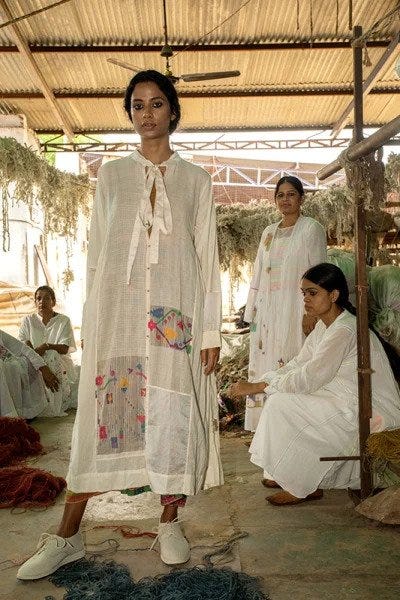

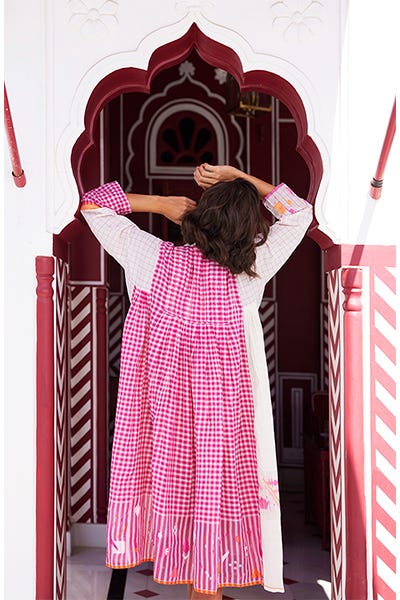

INJIRI 2023: RASĀ COLLECTION
This year, during a recent trip to India, founders Carole Bamford and Chinar Farooqui joined forces to create the RASĀ collection. This is the first time the two founders have collaborated on a collection, bringing an entirely new meaning to Injiri x Bamford and making this collection all the more special.
Rasa is a concept in Indian arts which describes the emotion or feeling felt by readers or audience members which cannot be described. With this collection, Injiri aims to convey this experience through the language of textiles. Evoking a sense of pure lightness and pleasure, through bold colours and traditional techniques, RASĀ brings the same pleasure experienced while listening to a beautiful piece of music.
Injiri 2022: Taan Baan Collection
Each year, Injiri is proud to work with the same weavers and techniques to ensure consistency, continuity and a sense of community across each of its collections. The Taan Baan collection combines Bhujodi and Jamdani weaving with clamp dying, ensuring that this collection, too, is a true celebration of time-honoured techniques and skilled craftspeople.‘Taan’, meaning the rapid melodic vocal technique in raga singing, and ‘Baan’, another word for thread, combine to form ‘Taan Baan’ – defined by Injiri as the strength of the yarn on the loom, the language of the loom, a song that is set to the rhythm of weaving and the music produced by the weaver to create their works of art.
IMAGES COURTESY OF INJIRI
The collection’s bright, summery palette is primarily kora and white, with primary colour accents which accentuate the intricate patterns. Large colour blocks, achieved by clamp dying, are inspired by Rothko’s paintings, while the soft base palette is inspired by the artwork of Nainsukh.
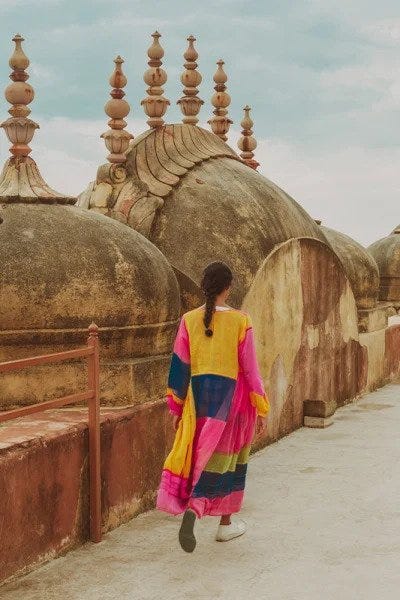

BAMFORD X INJIRI
The Injiri x Bamford collection will be available to purchase for a limited time online and in-store at Bamford Mayfair and the Bamford Barn from early April.
CONSCIOUS CRAFT
At the heart of Injiri is a deep respect for the materials they work: they have been conservative in their approach to the collection, cutting the garments in a way that ensures there is minimum wastage by means of using more rectangular panels.The Injiri Taan Baan collection will be available to purchase at Bamford Mayfair and the Bamford Barn Cotswolds for a limited time from Friday 17th June 2022.
Most Injiri garments are initially cut in a way that ensures there is minimum waste generated however, whatever is left is repurposed through weaving. The off-cuts are woven to make unique, recycled textiles that are used in the garments, resulting in a collection of pieces that are at once symbiotic yet one-of-a-kind.
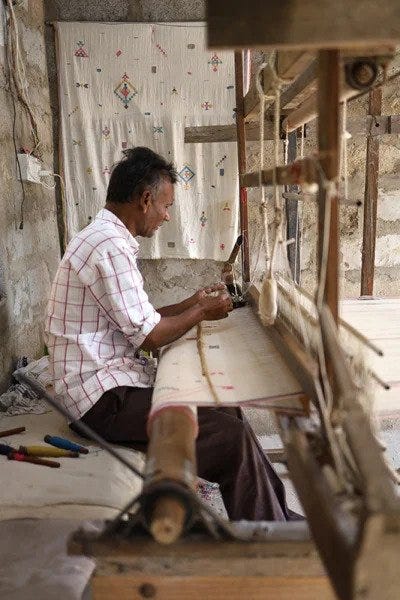

EACH INJIRI PIECE PASSES THROUGH THE HANDS OF CRAFTSPEOPLE FROM ALL OVER INDIA, BEFORE IT IS CUT, STITCHED AND FINISHED IN THEIR JAIPUR STUDIO. INJIRI’S WORK IS A JOYFUL CELEBRATION OF THE SKILL IN THE WORK OF THE HAND AND, AS IT DOES FOR US, THE DESIRE TO PROTECT THOSE VALUABLE SKILLS AND TRADITIONS PERMEATES EVERYTHING THEY DO.
Archive: 2021 Neel Collection
Indigo has been revered for its rich aesthetic throughout the world and it is a fascination that has lasted for millennia. This heritage is most potent in India, where the native indigofera tinctoria plant has become a cornerstone of the artisanal textile industry rooted in the dyeing and handweaving communities. The 2021 Neel Collection is the result of years of experimentation with natural indigo, in combination with various textile techniques that are signature of Injiri – such as jamdani, clamp dyeing, extra weft weaving, tie and dye.
INDIGO: NATURE AND NURTURE


Reed diffusers offer a flame-free home fragrance solution. Reeds are placed into the scented diffuser oil (often contained in a glass bottle), which allows them to soak up the oil and gently release the fragrance into the surrounding air. The reeds can be left in the oil until it has fully evaporated - a practical way to scent the home for a long period of time.
Electric diffusers, on the other hand, release the fragrance of scented oils as a mist. Powered electronically, they often have a lamp feature and can be switched on and off to release the scent when desired.
PICTURED: BAMFORD DIFFUSER LAMP


Reed diffusers offer a flame-free home fragrance solution. Reeds are placed into the scented diffuser oil (often contained in a glass bottle), which allows them to soak up the oil and gently release the fragrance into the surrounding air. The reeds can be left in the oil until it has fully evaporated - a practical way to scent the home for a long period of time.
Electric diffusers, on the other hand, release the fragrance of scented oils as a mist. Powered electronically, they often have a lamp feature and can be switched on and off to release the scent when desired.
PICTURED: BAMFORD DIFFUSER LAMP
Archive: 2020 Teej Collection
The name Teej signifies a festival of Rajasthan, which welcomes monsoon season. The 2020 collection consisted of handloom-based jamdani textiles, tie and dye textiles (or bandhanis), and also lustrous cottons and silks. Injiri works with the same set of weaving and dyeing artisans for each collection, building on the learning of the past seasons.
WEAVING
Weaving has been done in vibrant colours for this collection, inspired by Pahari miniatures – a colourful form of Indian painting, which has been a reference point for Injiri’s colour palette for a long time. Injiri is inspired by how colour behaves on a certain fibre and the way in which the yarn itself evolves when dye is applied to it; the closeness of warp threads combined with the number of picks in the weft define the density of colour and texture achieved in woven fabrics.
Introducing extra weft with organic cotton has been used here to achieve beautiful vibrant shades of yellows, pinks and blues.
Fabrics that are woven on the loom are usually washed immediately after weaving. In Bhujodi, they are hand-washed many times to bring the warp closer and to soften the textile. The beauty of each process in the making of fabrics adds to the experience of working with textiles, imbuing the final garment with the care and intention of every pair of hands that has been a part of its journey.
TIE AND DYE (BANDHANI)
The hand tie and dye pieces are achieved through a technique of discharge dyeing known as Bandhani - meaning removal of colour after tying the dots in the fabric. “Bandh” literally means to tie. The designs are marked on the fabric, and then these marked dots are pinched and thread is wound tightly around so as to prevent the dye from penetrating this part of the fabric. Three tools are used to tie the fabric: a strong cotton thread called dheri, a glass or metal pipe called bhungali and a thimble called naklo. The fabric is then dyed, washed once to remove excess colour from the fabric and left to dry.
Once it has dried completely, the knots are unfastened again by hand and the undyed portions of the fabric reveal themselves in an intricate dotted pattern. Tying these knots is a time-consuming process and depending on the intricacy of the design, it might take months or even a year for the women of the village to tie these knots - making a Bandhani garment a valued piece to be treasured and kept forever. In India, Rajasthan and Gujarat are the states most known to practice this craft technique and it is typically done by women in between household chores. To this date, the processes followed are still similar to that in the past.
‘Craftsmanship and the need to support its artisan skills have been at the heart of the Bamford philosophy since we founded the brand, and they are also values that are central to the work and pieces that Injiri create. Our collaboration unites these beliefs. It is an opportunity to showcase our shared love of the extraordinary talents and work of the designers and artisans behind these exquisite Indian crafts.’ - Carole Bamford
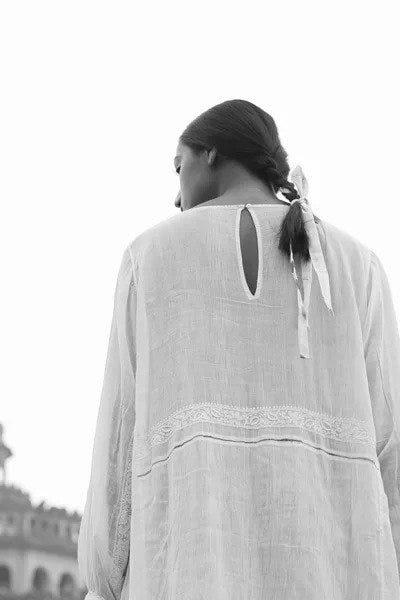

TRAVEL NOTES FROM INDIA
A conversation between Chinar Farooqui, founder of Injiri and our founder Carole Bamford.
For romantic ambiance
If you're looking for a home fragrance solution that is less overpowering and wish to create more of a romantic or welcoming ambiance, candles may be the better option - especially when considering the added glow of a softly burning candle. If you like the smokey scent of incense but prefer using candles, our

